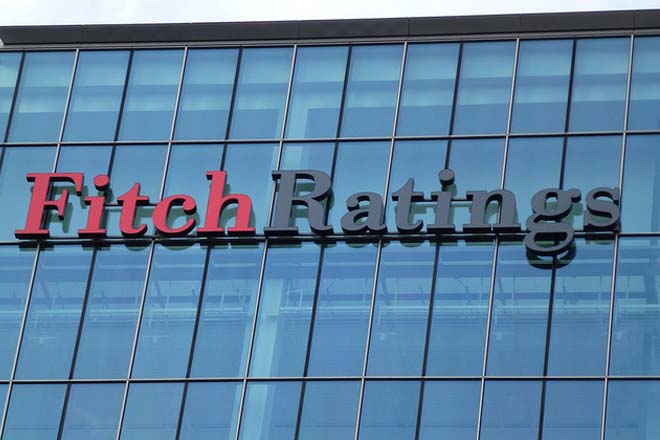Fitch assigns Alliance Finance BB+ rating; outlook stable

Fitch Ratings Lanka has assigned Alliance Finance Company PLC (AFC) a National Long-Term Rating of 'BB+(lka)' with a Stable Outlook. The agency has also assigned the company's outstanding senior unsecured debentures a National Long-Term Rating of 'BB+(lka)' and its outstanding subordinated debentures a National Long-Term Rating of 'BB(lka)'.
KEY RATING DRIVERS
NATIONAL RATINGS AND SENIOR DEBT
AFC's rating reflects its modest franchise, weak asset quality, lower capitalisation and higher risk appetite relative to peers. The rating also captures strengthened management and controls stemming from an on-going organisational restructuring, which Fitch expects to help improve AFC's asset quality through better underwriting. Furthermore, the ratings take into account AFC's adequate profitability.
AFC's exposure to three-wheeled vehicles remains high (37.2% of the total loan book at end-September 2016) and Fitch believes that this makes its portfolio more risky compared with that of its peers. The share of motor car financing increased to 19.4% at end-September 2016 from 16.5% at end-March 2015. The company has also expanded into microfinancing (10% of the loan book at end-September 2016) after its gold loan book contracted to 4.3% at end-September 2016 from 15.6% at end-March 2014.
The challenging operating environment and poor management of defaulted loans resulted in a sharp increase in non-performing loans (NPLs) from gold loans and three-wheeler leases in the financial year ended March 2014 (FY14) and FY15. AFC's published regulatory six-month NPL ratio increased to 8.3% at FYE15 from 5.6% at FYE14 as the company failed to dispose its accumulated repossessed stock in a timely manner.
At end-1HFY16, the NPL ratio improved slightly to 7.9%, but still remained above that of its higher-rated peers. The NPL ratio as at end-December 2015 further improved to 5.8%, following a disposal of gold and three-wheelers. Nevertheless, Fitch believes that the aggressive expansion of the company's loan book raises the likelihood of further asset-quality and capital deterioration. AFC relies on collateral to mitigate the risk as the unprovisioned portion of its NPLs materially exceeds that of peers.
Fitch views AFC's capitalisation as being weaker relative to higher-rated peers due to its rapid loan growth and lower loan-loss provisioning. Its Tier 1 regulatory capital ratio (at the company level) declined to 10.7% in FY15 from 12.8% in FY14 despite a capital gain of LKR193m from the sale of the company's stake in Arpico Finance PLC.
AFC's ROA declined to 1.1% in FY15 from 1.6% in FY14 largely due to significant write-offs of its NPLs in FY15 (96% of total impairment charges), which offset the capital gain from the Arpico sale. Rapid branch expansion during the last three years and flat topline growth led to a high cost-to-income ratio relative to peers. Fitch believes that an increase in credit costs could hamper operating profits and internal capital generation in the medium term.
AFC benefits from a modest deposit franchise with deposits accounting for most of its funding (end-1HFY16: 60.5%). The company has sourced medium-term funding from both local and foreign financial institutions. Fitch believes that AFC may seek more borrowings to finance its loan book growth, which could help to improve mismatches in its funding profile.
AFC's outstanding senior debentures are rated at the same level as AFC's National Long-Term Rating as they rank equally with the claims of the company's other senior unsecured creditors.
SUBORDINATED DEBT
The outstanding subordinated debentures are rated one notch below AFC's National Long-Term Rating to reflect their subordination to the claims of senior unsecured creditors.
RATING SENSITIVITIES
NATIONAL RATINGS AND DEBT
Aggressive loan growth or an increase in unprovided NPLs could lead to a downgrade of AFC's ratings.
Conversely, an upgrade of AFC's rating is contingent upon the company achieving a sustained improvement in its capitalisation commensurate with the level of unprovided NPLs, its loan growth and earnings generation, and a moderation of its risk appetite through better underwriting standards and risk controls.
The debt ratings will move in tandem with the AFC's National Long-Term Rating.
